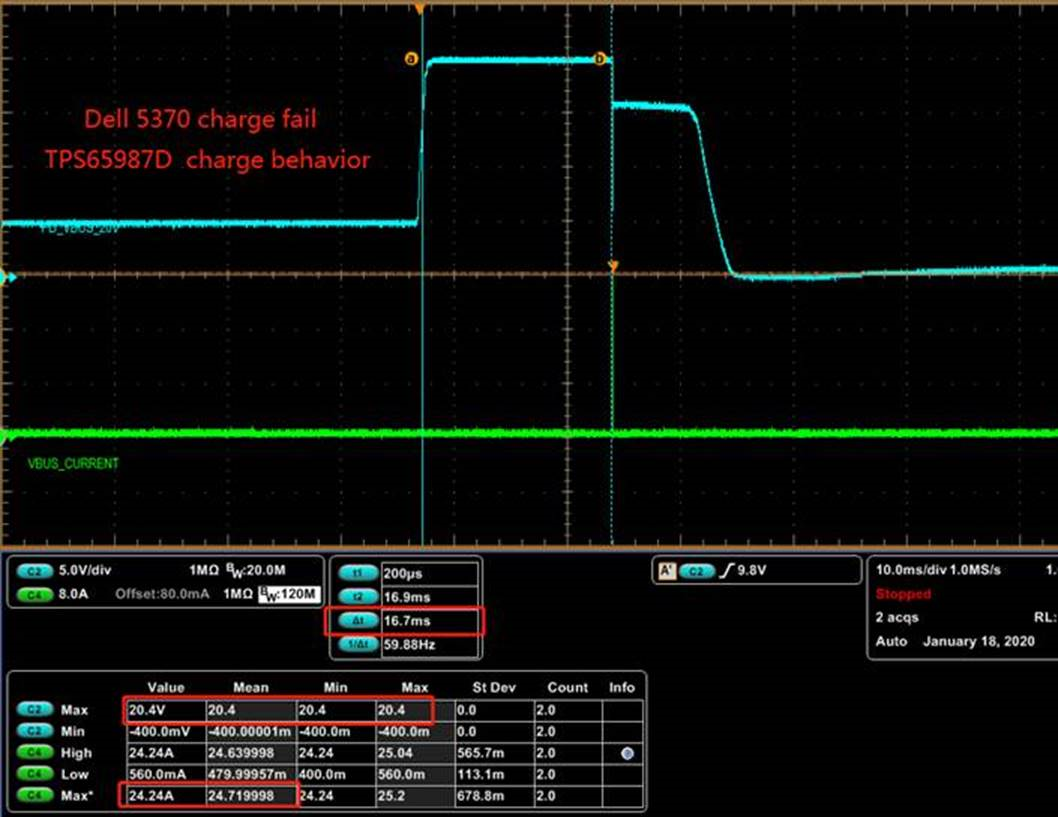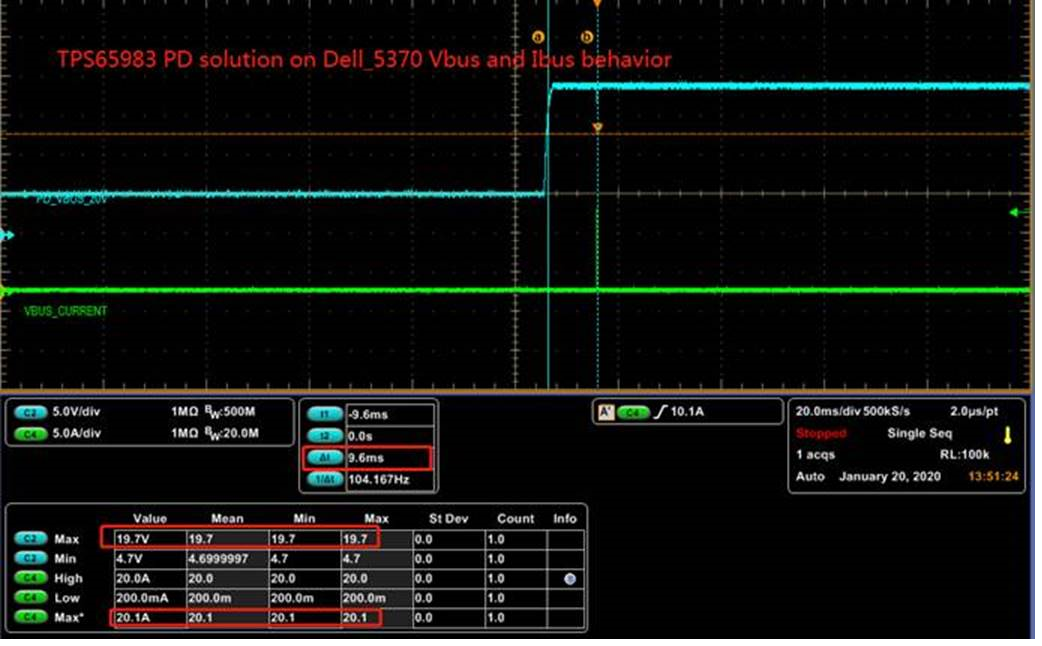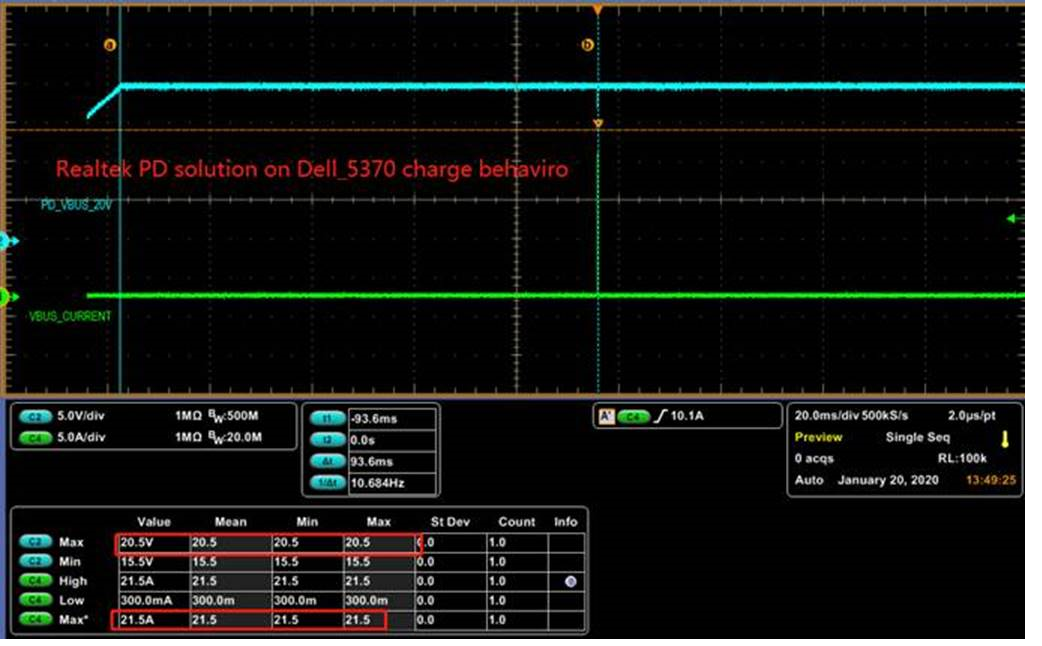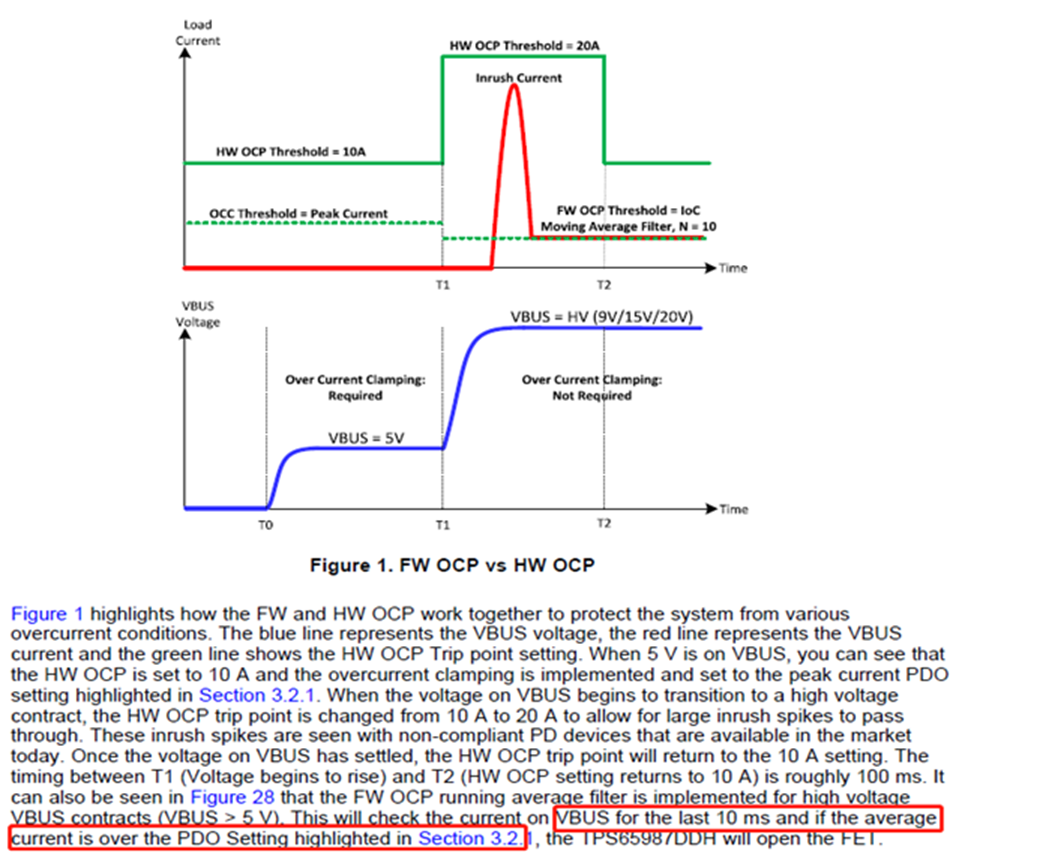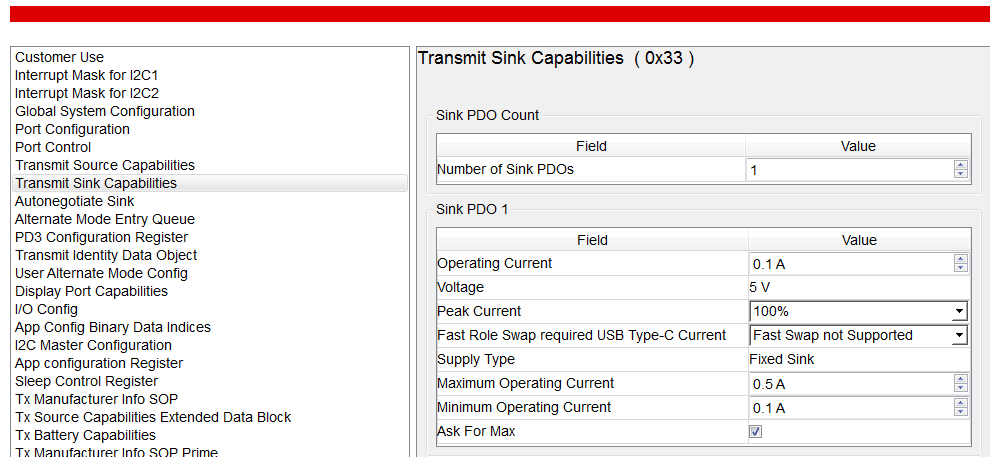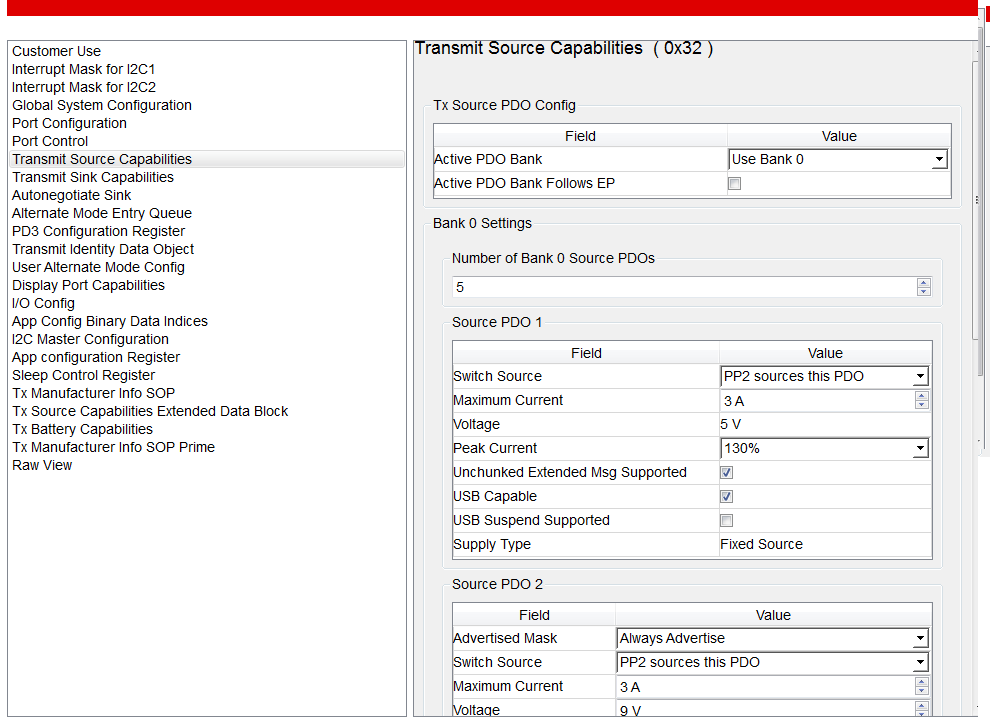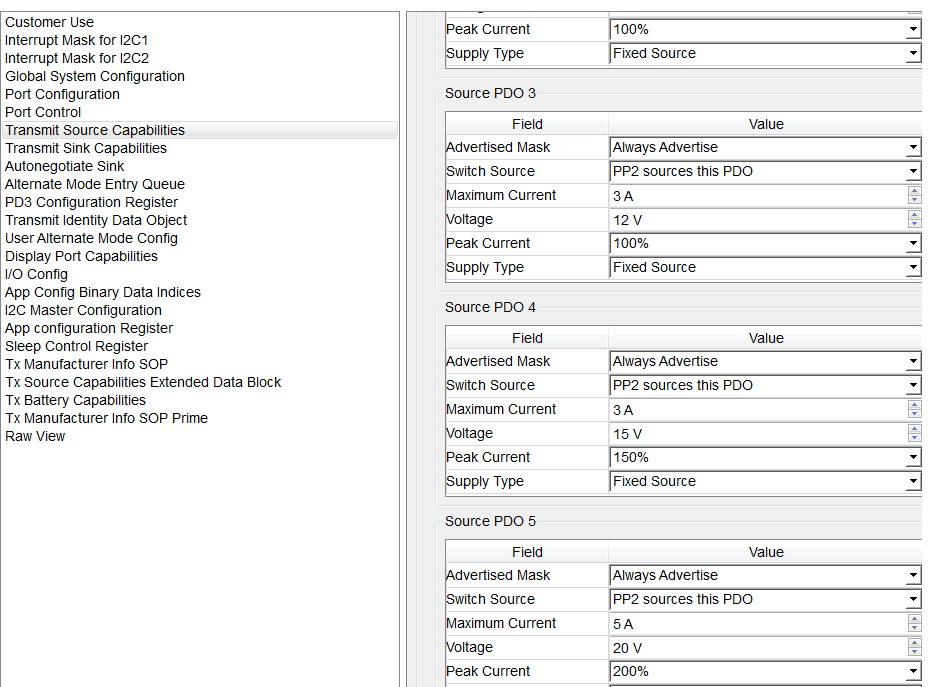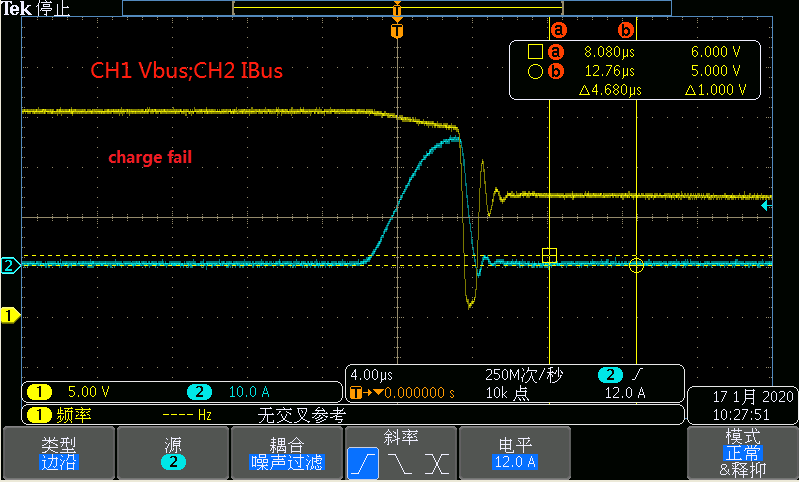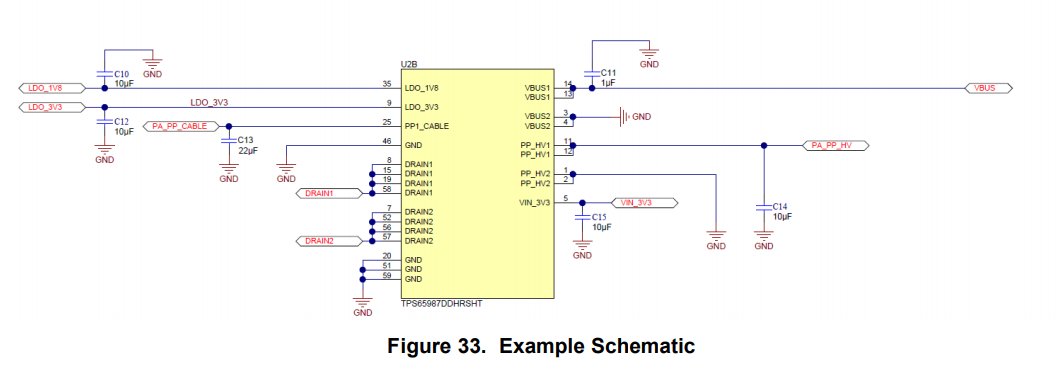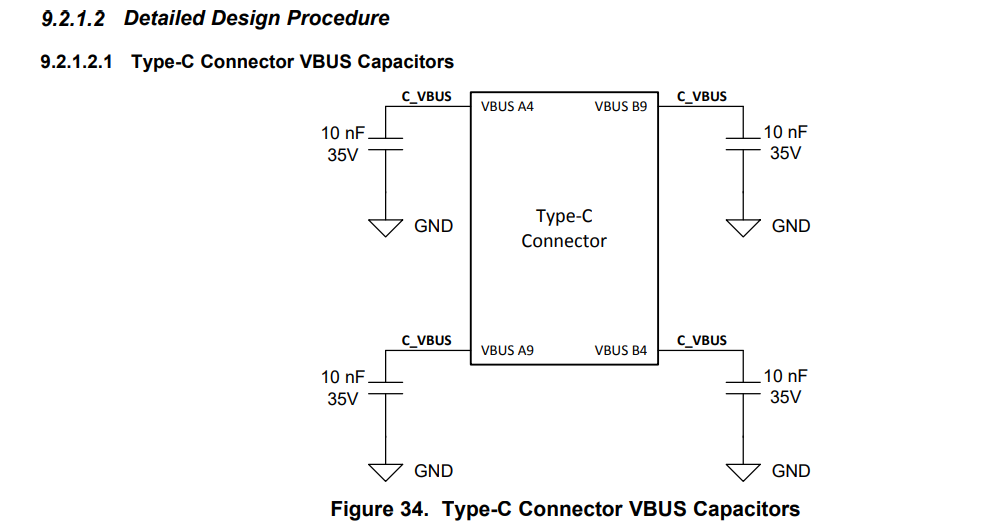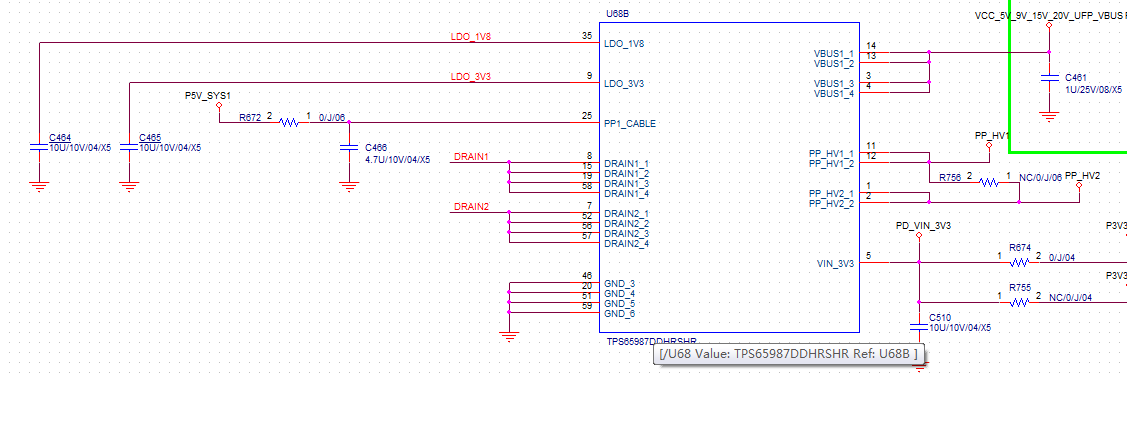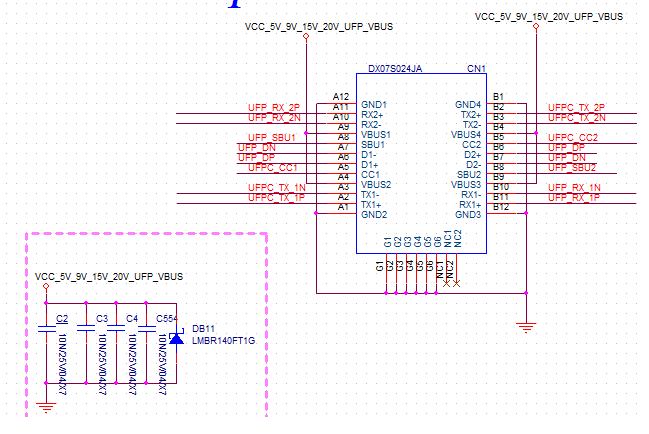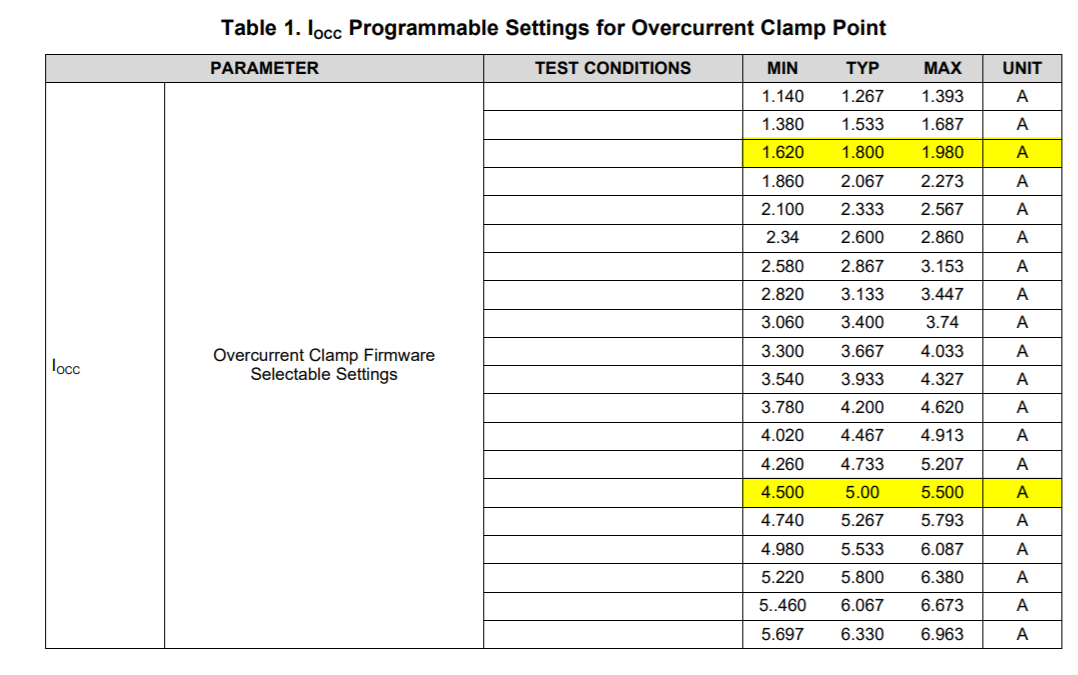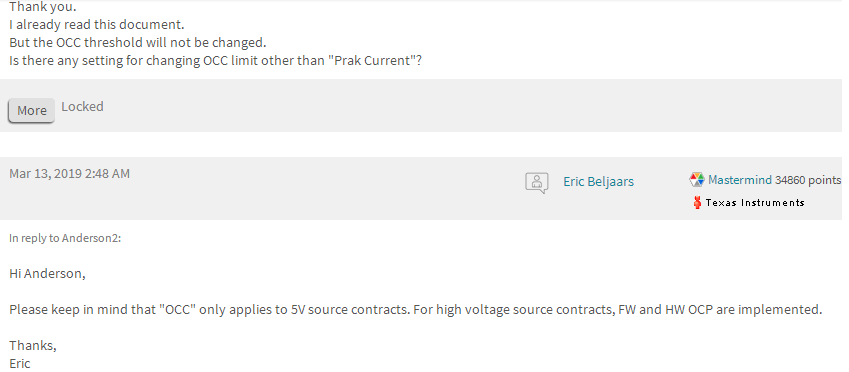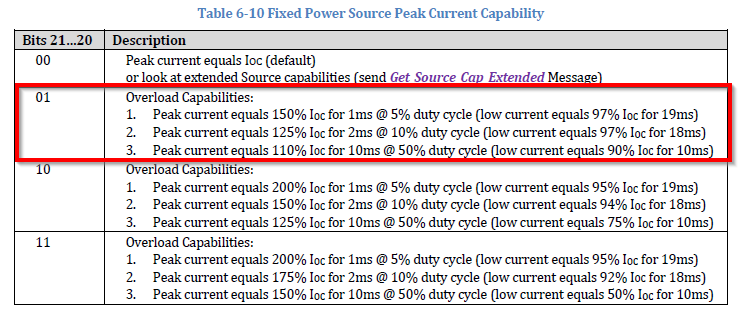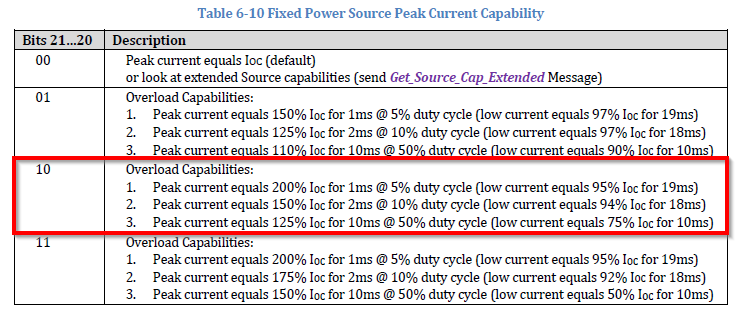Other Parts Discussed in Thread: TPS65982
Tool/software: Code Composer Studio
HI, Ti's Team:
there is a question from our compatibility test, from TI's document (see the below picture) said ,the behavior control in10mS for the average current.if over the max setting value( max 20V/5A,peak current 150%
but the NB of Dell_5370 out of the 10mS and peakcurrent(inrush) reach 25A max(see the caputre1).so,it's charge fail on it .
i checked other's soulution(TPS65983), same as condiftion test, the behavior can meet TI's document(see the capture2).and charge OK.
the same time, i checked other suppiler PD solution(Realtek), they Vbus ahead IBus more(reach 93mS),it's charge normal,
is the Realtek's PD solution didn't follow PD spec? or our TPS65987D didn't follow PD Spec?
if fix this issue, could you help me confirm and add some suggestion for this solution.
thanks!


